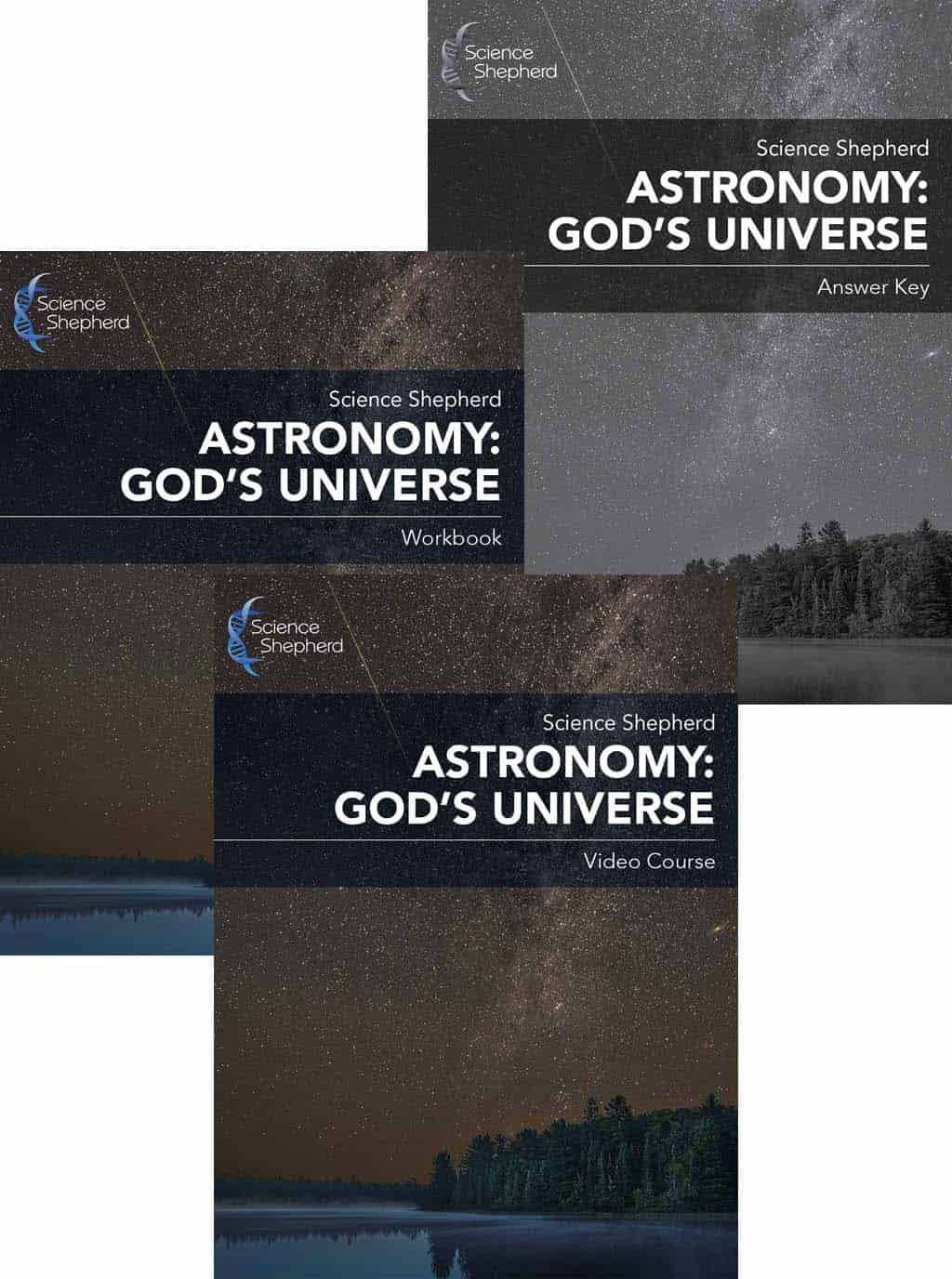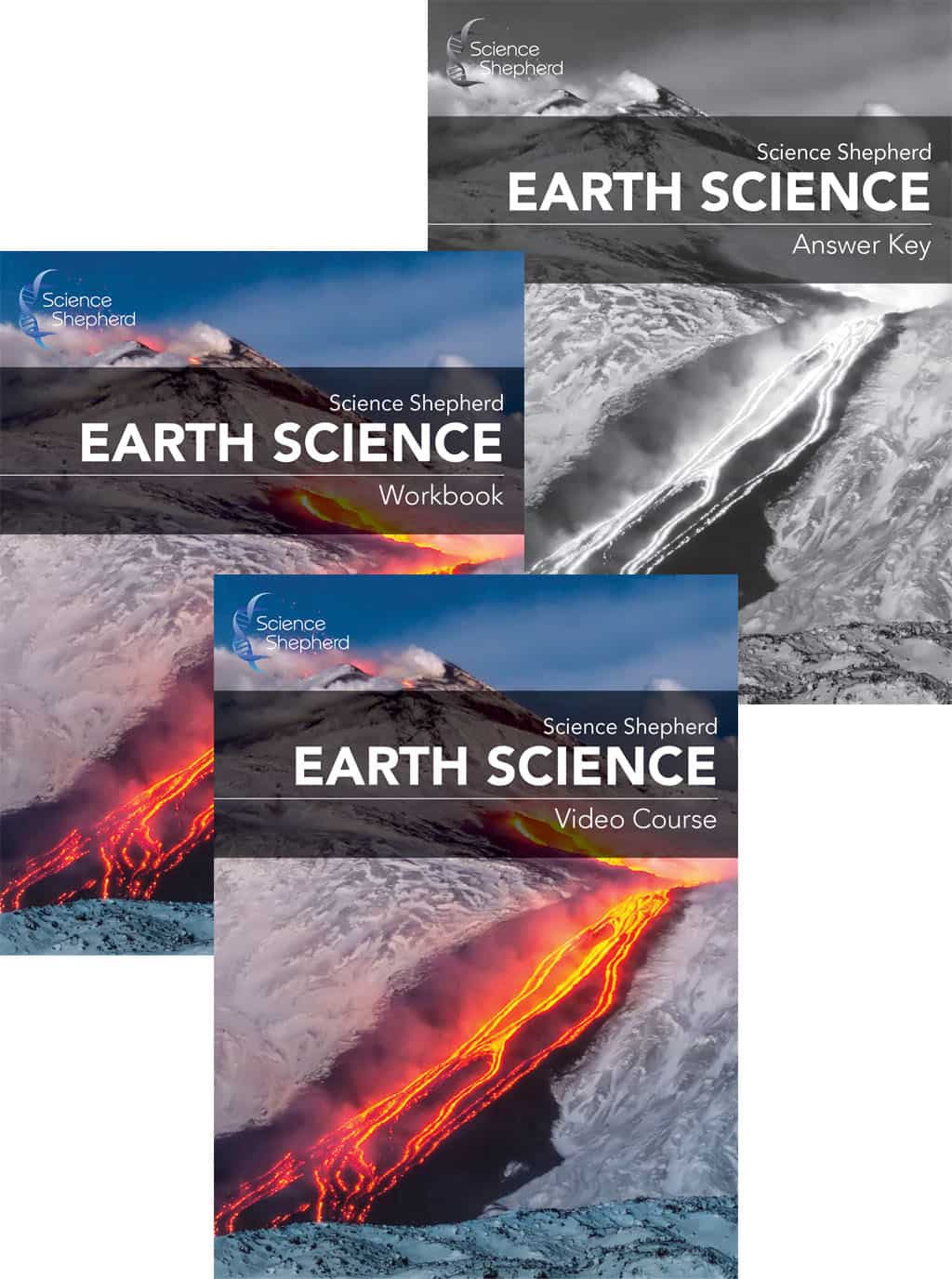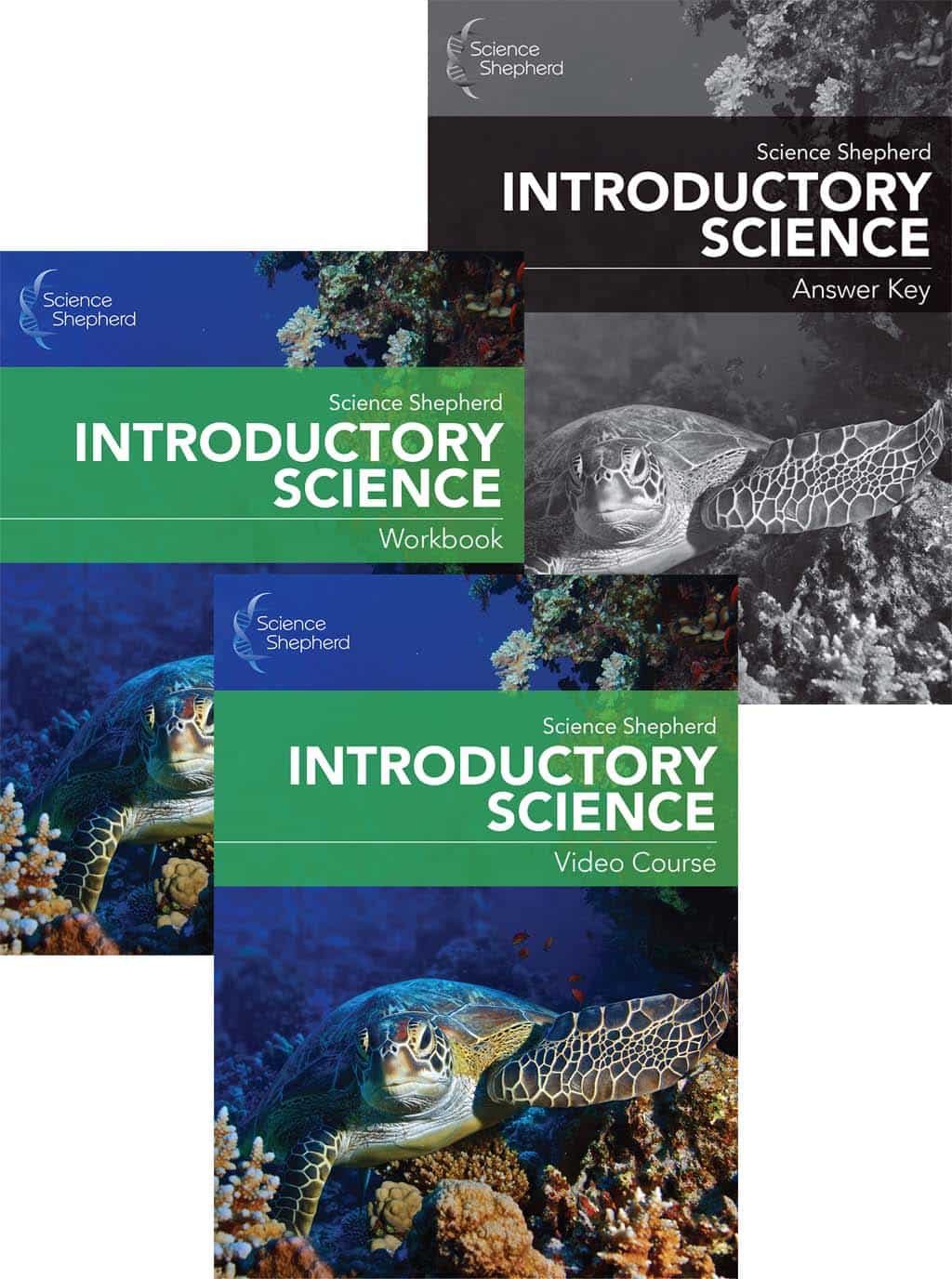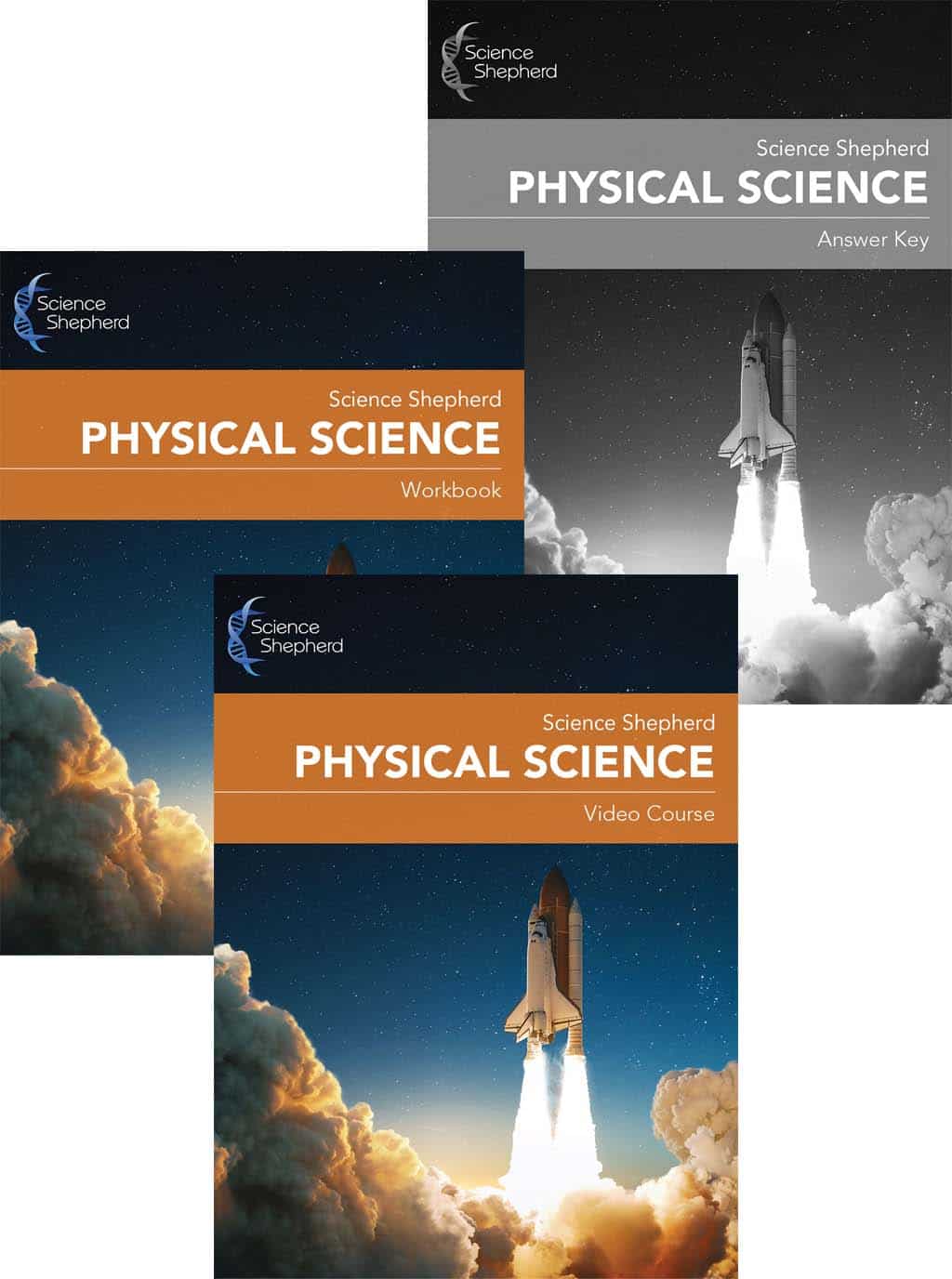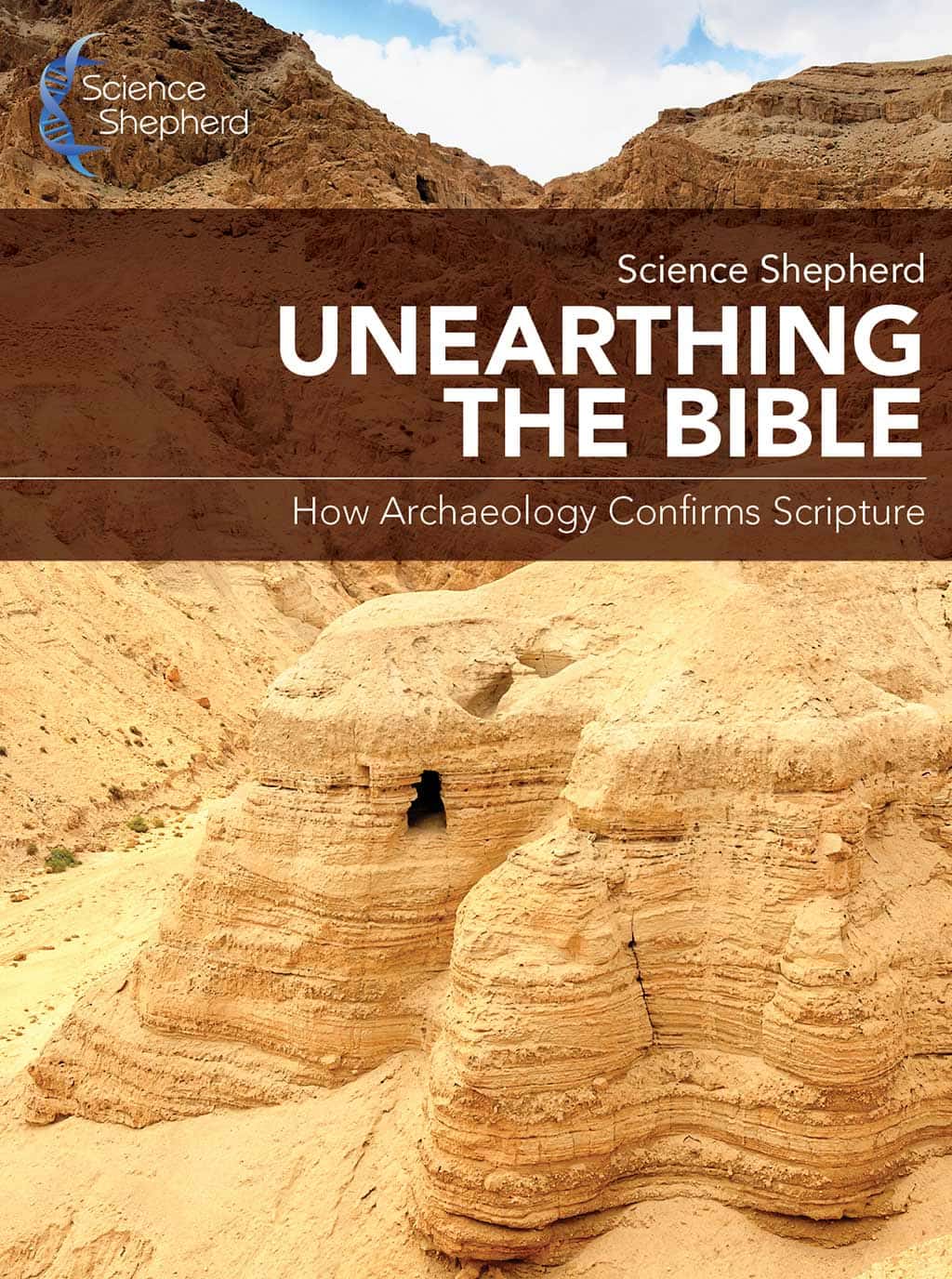St. Patrick's Day, Science and Missions
March 15, 2024 4 min read

The Impact of Science on Christian Missions
On March 17, many people celebrate St. Patrick’s Day. Patrick became famous and honored by the Irish people because he changed Irish culture when he came to the Emerald Isle as a missionary in the 5th century. This was not his first trip to Ireland, however. He had been captured and taken there some time before, and it was during his time as an enslaved shepherd in Ireland that Patrick came to know deeply the Good Shepherd of his soul. When Patrick escaped, he returned to his native Britain. However, the escaped slave later went back to the people who had enslaved him. Why? To be a missionary! Centuries later, Patrick is perhaps the most famous, or at least the most celebrated, Christian missionary (though the fact that he was a missionary may be often forgotten).
I am the good shepherd. The good shepherd lays down his life for the sheep."
John 10:11
Of course, missionaries are still working all over the world. Thanks to how the Lord has used science, mission work is a wee bit different than it was in Patrick’s day. Let’s take a look at three ways science has helped make Christian mission work easier.
Radio
While Karl Ferdinand Braun and Guglielmo Marconi (whose mother, it is worth noting in this post, was Irish) may not have envisioned their work in wireless telegraphy impacting Christian world missions when they won the Nobel Prize in Physics in 1909, God knew all along. Because of their work with radio waves, Christian radio stations began all over the world. Radio has made possible not only sharing the Gospel with whoever might listen in to a broadcast - even in war-torn countries or hard-to-reach places - but also helping believers grow in knowledge of God’s Word and find encouragement, giving isolated missionaries a means of communicating with the outside world, and saving lives when medical help is urgently needed.
Health Care
Of course, the advances in healthcare since Patrick’s era have been incredible. Missionaries have been able to help people live better, longer lives through good medical care, and missionaries themselves can stay healthier and, thus, serve better and longer since they don’t get as sick as often. A few of the many scientific advances that have made mission work easier include a scientific understanding of the spread of disease thanks to scientists like Louis Pasteur and Robert Koch, proper sanitation thanks to physician-scientists like Jospeh Lister, penicillin accredited to Alexander Flemming, water purification, malaria prevention and treatment, and X-rays. (For a unique look at Marie Curie who spearheaded the use of X-rays for medical care, check out this post.)
Aviation
In centuries leading up to the 20th, missionaries (like Patrick) had to use forms of transportation like their own feet, ships, horses, wagons, and (much later than Patrick) trains and automobiles. It could take days or even weeks to get to a new town, transport supplies, take sick people to a doctor, visit friends and conduct necessary business. The advent of modern aviation changed all that. Airplanes carry missionaries to remote places, deliver supplies, airlift sick people to a doctor, connect friends and accomplish logistics much faster than ever before. For example, when I lived in Guatemala, I could travel 8 hours (sometimes more like 13 hours) one way into the capitol city by road to buy supplies, meet with friends, etc. Or I could take a one-hour flight on the local commercial airline. Talk about a time saver! It’s noteworthy that aviation has relied heavily on radio communication.
And Many More . . .
There are more fields where good science has made a difference for missionaries and those they serve. Wise advances in agriculture, veterinary medicine, the science that goes into engineering tasks like bridge building and well digging…and the list could go on! So, if you want to serve the Lord and spread the Gospel but feel called to the science lab and not the mission field, just know the Lord may have plans for you to partner with missionaries in continuing to make their lives and their service to others better! Our Serving the Lord in Science series offers a glimpse into how others are using their fields of science to make an impact for His kingdom.
We hope that you have enjoyed this quick look at how science has made Christian mission work easier and that you and yours have a blessed and Happy St. Patrick’s Day! May you, like Patrick, have a personal, life-changing relationship with the Lord Who loves lost sinners and lets us learn new and wonderful things about His Creation each day.
As “St. Patrick’s Breastplate”, a hymn attributed to St. Patrick, goes,
I arise today
Through a mighty strength, the invocation of the Trinity,
Through belief in the Threeness,
Through confession of the Oneness
of the Creator of creation.
And, perhaps, you can take some time to pray for missionaries who are seeking to help more people get to know the Creator of creation, too.
Happy St. Patrick’s Day!
Science Shepherd
Missionary Discount
It's our pleasure to offer a 20% discount to homeschool missionary families. Visit our missionary discount page to learn more and request your discount code.
Kristen Hardin is a homeschool graduate, author and speaker with her debut picture book Miss Mary: A Tale of Old County Clare in addition to being a blog writer. A storyteller from a young age, she wrote her first "novella" for friends and family when she was in middle school. Now she finds time to write amidst the adventures the Lord keeps sending to her and her husband and their two boys.
“Scripture quotations are from The ESV® Bible (The Holy Bible, English Standard Version®), copyright © 2001 by Crossway, a publishing ministry of Good News Publishers. Used by permission. All rights reserved.”
Sign-Up Today!
Subscribe for the latest news and receive 10% off and a FREE resource!
Recent Articles
10% Off Your Next Order
Subscribe to our newsletter and we'll send you a code for 10% off an order
plus a free download of 5 Scientific Ways Your Kids Can Defend Their Faith.

10% Off and a Free Download
When you sign-up for our newsletter we'll send you 10% off your next purchase and our free article,
"5 Scientific Ways Your Kids Can Defend Their Faith".


